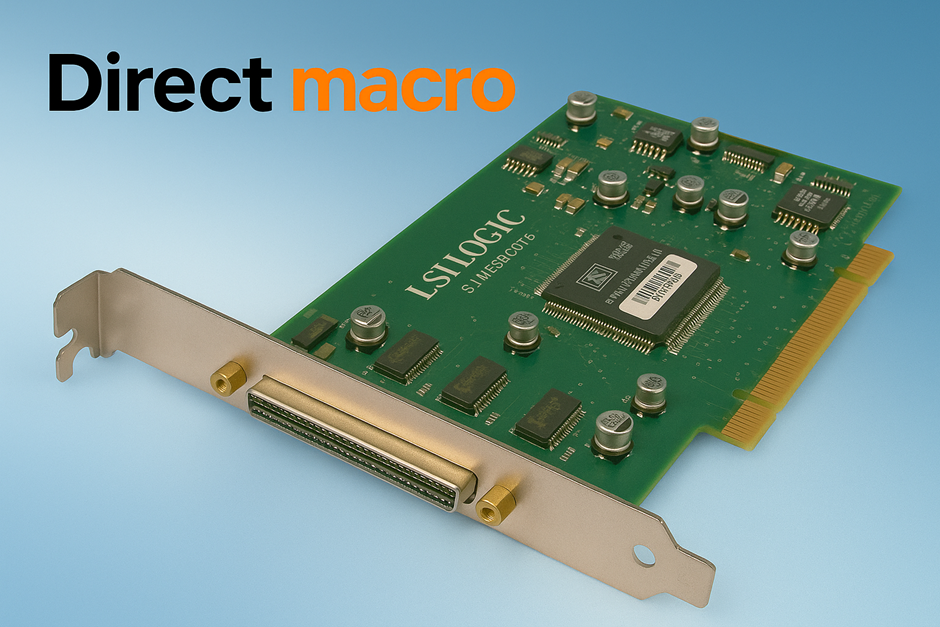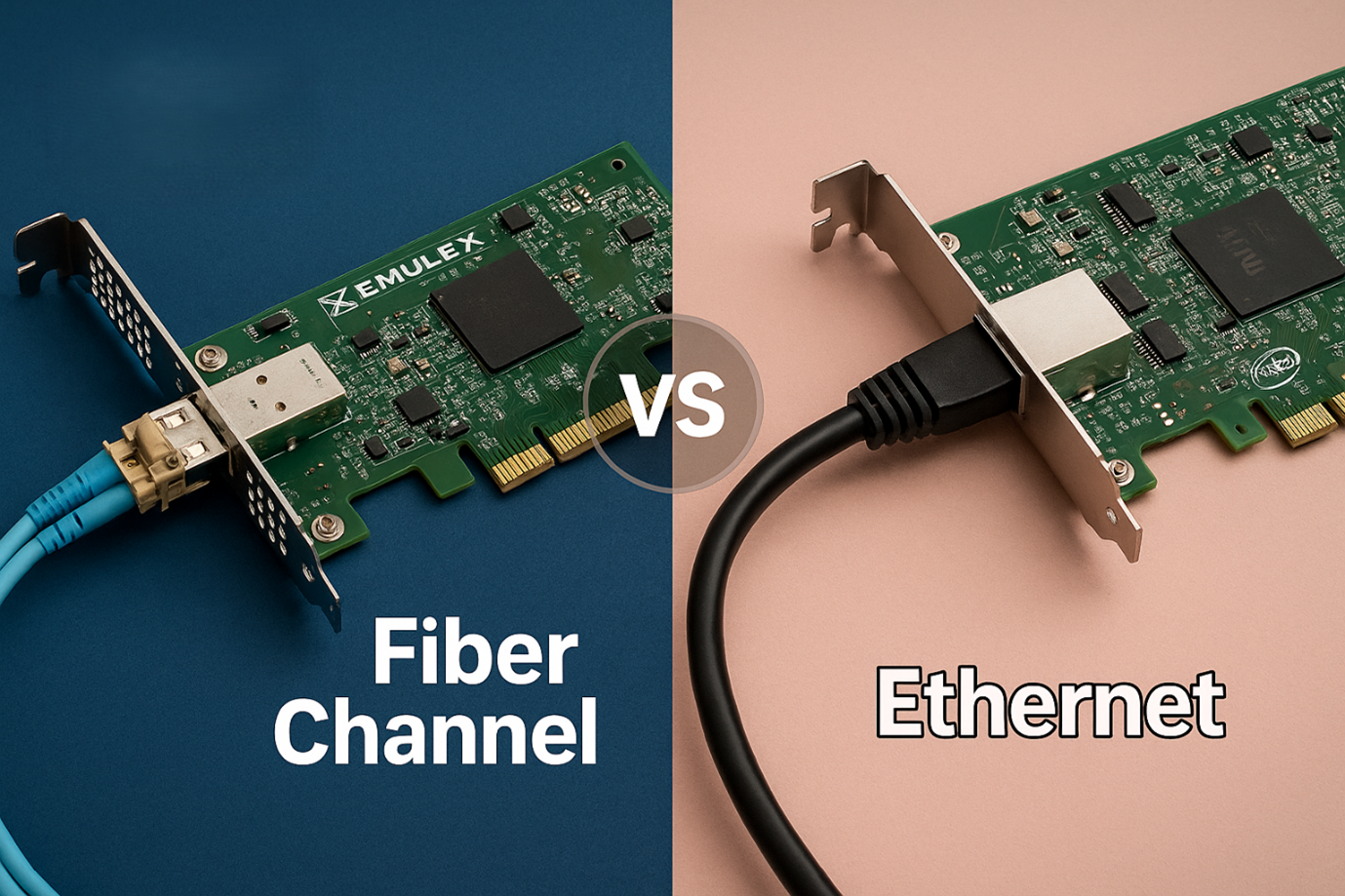What Is RAID Storage, RAID Types, RAID Levels and Their Meanings
What is RAID meaning? It stands for a Redundant array of Independent Disks. It is the name of a storage technology that combines multiple hardware disks into a single virtualized logical unit that is there to improve performance and reliability. Now the question that should pop into one’s mind is why it is called redundant.
In the context of RAID (Redundant Array of Independent Disks) controllers, “redundant” refers to using additional, duplicate components to ensure data protection and system reliability.
Now, the “redundant array of independent disks” or “RAID” is a collection of storage disks that writes data to each disk in the same system. Different configurations are given numbers like RAID 0, RAID 1, and RAID 5. Each number in the configuration, also referred to as raid type, offers unique advantages. These advantages depend on the recording and distribution of the data. They include enhanced performance, higher fault tolerance, or a mix of both.
It is of importance to note here that RAID is not the same as data backup. RAID arrays spread I/O operations across multiple disks to improve data access and storage speed or duplicate data from one disk onto others. This ensures the system can keep running without data loss if one of the drives fails.
On the other hand, data backup is there to, well, back up your data and help you recover lost files. Moreover, data recovery programs and solutions are designed to get systems going in the event of catastrophe and data being lost. Conversely, RAID is there to prevent such disasters that turn into data loss. However, RAID strengthens the entire storage system but still is a single copy of data.
Here is a brief explanation of redundancy in controllers:
Data Redundancy:
- Mirroring (RAID 1): Redundancy is achieved by duplicating data on two or more disks. If one fails, the system uses the other copy.
- Parity (RAID 5, RAID 6): This type of storage uses parity information for redundancy. RAID 5 distributes parity across disks, tolerating one disk failure. RAID 6 adds extra parity, handling two simultaneous failures.
Controller Redundancy:
- Dual Controllers: High-end RAID systems use dual controllers for continuous operation if one fails.
- Hot Spare: Some RAID setups have hot spare disks that automatically replace a failed disk, maintaining redundancy.
Path Redundancy:
- Multipath I/O: Uses multiple paths between the RAID controller and storage devices. If one path fails, others ensure data access, providing fault tolerance and load balancing.
Power Supply Redundancy:
- Multiple Power Supplies: RAID systems often have redundant power supplies to keep the system running if one fails.
Benefits of Redundancy in RAID Controllers:
- Enhanced Reliability: Redundant components minimize data loss and downtime.
- Improved Fault Tolerance: Allows operation during component failures, facilitating maintenance and repairs.
- Increased Availability: Ensures continuous data access, crucial for mission-critical applications.
RAID Definition With Its Origin
David Patterson, Randy Katz, and Garry A. Gibson introduced the phrase RAID in 1987. They conducted a technical study in 1988 called “A Case for Redundant Arrays of Affordable Disks (RAID).” The study stated that an RAID array of affordable disks might perform better than a premium disk drive. Redundancy can make a RAID array more dependable than a single disk.
The concept of RAID, formally named in a 1988 article, was built on earlier ideas of redundant drives. Gus German and Ted Grunau of Geac Computer Corp. referred to it as MF-100. In 1977, IBM’s Norman Ken Ouchi patented what would later be known as RAID 4. By 1983, Digital Equipment Corporation introduced the disks that became RAID 1, and in 1986, IBM patented RAID 5 technology.
The 1988 paper standardized these technologies’ nomenclature, prompting the data storage industry to develop new RAID solutions. This led manufacturers to redefine RAID as a “redundant array of independent disks,” reflecting its expanded application.
Understanding RAID Groups: Configurations and Redundancy
RAID Groups combine multiple disks into a single logical unit. When disks of varying sizes or types (SSD, HDD, SAS) are used, the group operates based on the smallest or weakest disk. Despite this, RAID Groups enhance storage availability and performance. It’s essential to build them based on capacity and disk type.
A logical unit number (LUN) is used to communicate between servers and storage devices. This identifier simplifies storage management by assigning access and control rights.
RAID Groups form storage pools, improving performance and administration. Pools combine various hard drives into a single unit, distributing data evenly and maintaining RAID protection.
Administrators can easily replace or add disks, dynamically redistributing data. Enterprises need specific RAID configurations for fault tolerance, referred to as RAID levels. Balancing RAID redundancy over performance ensures data protection and optimal performance.
Why RAID Storage is Necessary
RAID storage is crucial for organizations that prioritize uptime and accessibility. While backups protect against data loss, recovering large volumes can take hours, potentially losing data saved or modified since the last backup. The storage meaning in this context emphasizes the need for continuous data availability. RAID allows systems to withstand hard disk failures without data loss and often without downtime.
If you’re facing disk I/O issues, where programs wait for disk tasks to complete, RAID enhances performance by allowing access to multiple drives simultaneously. Additionally, hardware RAID includes extra RAM for caching, reducing the load on the physical machine and improving overall performance.
What Are RAID Types of Storage
RAID setups, referred to as levels, use mirroring, striping, and error correction to balance fault tolerance and performance. The primary RAID levels are RAID 0, RAID 1, RAID 5, RAID 6, and RAID 10.
- RAID 0
As a striped set, RAID 0 requires at least two drives, distributing data evenly across them to boost performance. However, it offers no redundancy. What is RAID 0, then? It’s a configuration focused on speed, not fault tolerance, making it suitable for non-essential data. - RAID 1
This RAID solution offers redundancy over performance by mirroring data across two drives. It provides data protection and allows access even if one drive fails, doubling read speed but not write speed. - RAID 5
Requires at least three disks and balances security and performance. It uses parity checksums to endure one disk failure and allows hot-swapping of drives, though parity reduces overall storage capacity by one drive. - RAID 6
Like RAID 5 but with double parity, RAID 6 requires at least four drives and can withstand two disk failures. This setup ensures data integrity but has slower write speeds due to double parity processing. - RAID 10
Combines performance and fault tolerance by nesting two RAID 1 sets within a RAID 0 setup. This configuration uses mirroring for redundancy, maintaining data even if 50% of the disks fail as long as the mirrored copy is intact. It is ideal for intensive processes where reliability and stability are crucial, and corporations and professional units commonly use it. RAID 10 uses logical mirroring to duplicate data across multiple disks and block-level striping to distribute data, enhancing efficiency and read/write speeds. - Hardware-based RAID
It requires a specialized controller on the server. Hardware RAID cards manage RAID arrays and provide logical disks to the system without its intervention. They can support multiple RAID configurations simultaneously, such as RAID 1 for boot and application drives and RAID 5 for larger storage arrays. Professionals can help select the most suitable hardware RAID settings for specific needs.
- Software-based RAID
Software-based RAID is included in most dedicated servers at no extra cost and is particularly recommended for localized storage using RAID 1. All disks in RAID arrays should be of the same category and capacity. Software RAID utilizes system processing resources to manage the RAID setup. A hardware-first RAID card with standard HDDs is advisable to optimize system efficiency, especially with RAID 5 or 6.
-
Firmware-based RAID
Also known as “hardware-assisted software RAID” or “hybrid model RAID,” it is implemented by firmware during early booting, with device drivers starting post-operating system installation. It offers an advantage over traditional software RAID by protecting the boot disk during the boot process, ensuring redundancy and reliability.
How Does RAID Work?
RAID (Redundant Array of Independent Disks) combines multiple physical disks into one or more logical units to enhance performance, redundancy, or both. The key concepts in RAID are mirroring, striping, and parity.
- Mirroring duplicates data across multiple disks. This ensures data protection, as even if one disk fails, the data is still available on another disk. RAID 1 is a standard RAID solution that offers redundancy over performance.
- Striping splits data into blocks and spreads them across multiple disks. This method, used in RAID 0, improves performance by allowing simultaneous read and write operations. However, RAID 0 offers no redundancy, so if one disk fails, all data is lost.
- Parity adds error-checking information across the disks, allowing data reconstruction in case of a disk failure. RAID 5 and RAID 6 utilize parity to balance performance and redundancy. RAID 5 can handle one disk failure, while RAID 6 can handle two.
RAID 10 combines both mirroring and striping. It nests RAID 1 (mirroring) within RAID 0 (striping), providing both high performance and redundancy. This makes it suitable for critical applications requiring fast data access and protection against disk failures.
Installation Methods:
- Hardware-based RAID uses a dedicated controller to manage the RAID arrays, offloading the processing from the main system. It supports multiple RAID configurations and provides logical disks without system intervention.
- Software-based RAID, often included in server operating systems, relies on the system’s CPU to manage RAID. It is cost-effective but may impact system performance.
- Firmware-based RAID or “hardware-assisted software RAID” integrates RAID management into the system’s firmware, balancing hardware and software RAID.
RAID configurations offer varying levels of redundancy and performance, making choosing the right solution based on specific needs and priorities essential.
Conclusion
RAID storage is a vital solution for enterprises and businesses facing data availability, reliability, and performance challenges. By combining multiple disks into a single system, RAID enhances data access speeds and provides robust fault tolerance. This technology ensures continuous operation even during disk failures, minimizing downtime and data loss, which is crucial for mission-critical applications. Investing in RAID allows businesses to optimize their IT infrastructure, protect valuable data, and maintain high service levels. With various RAID levels and configurations available, companies can tailor their storage solutions to meet specific needs, ensuring a strong return on investment through improved efficiency and reliability.
Do you need advice on buying or selling hardware? Fill out the form and we will return.

Sales & Support
(855) 483-7810
We respond within 48 hours on all weekdays
Opening hours
Monday to thursday: 08.30-16.30
Friday: 08.30-15.30








